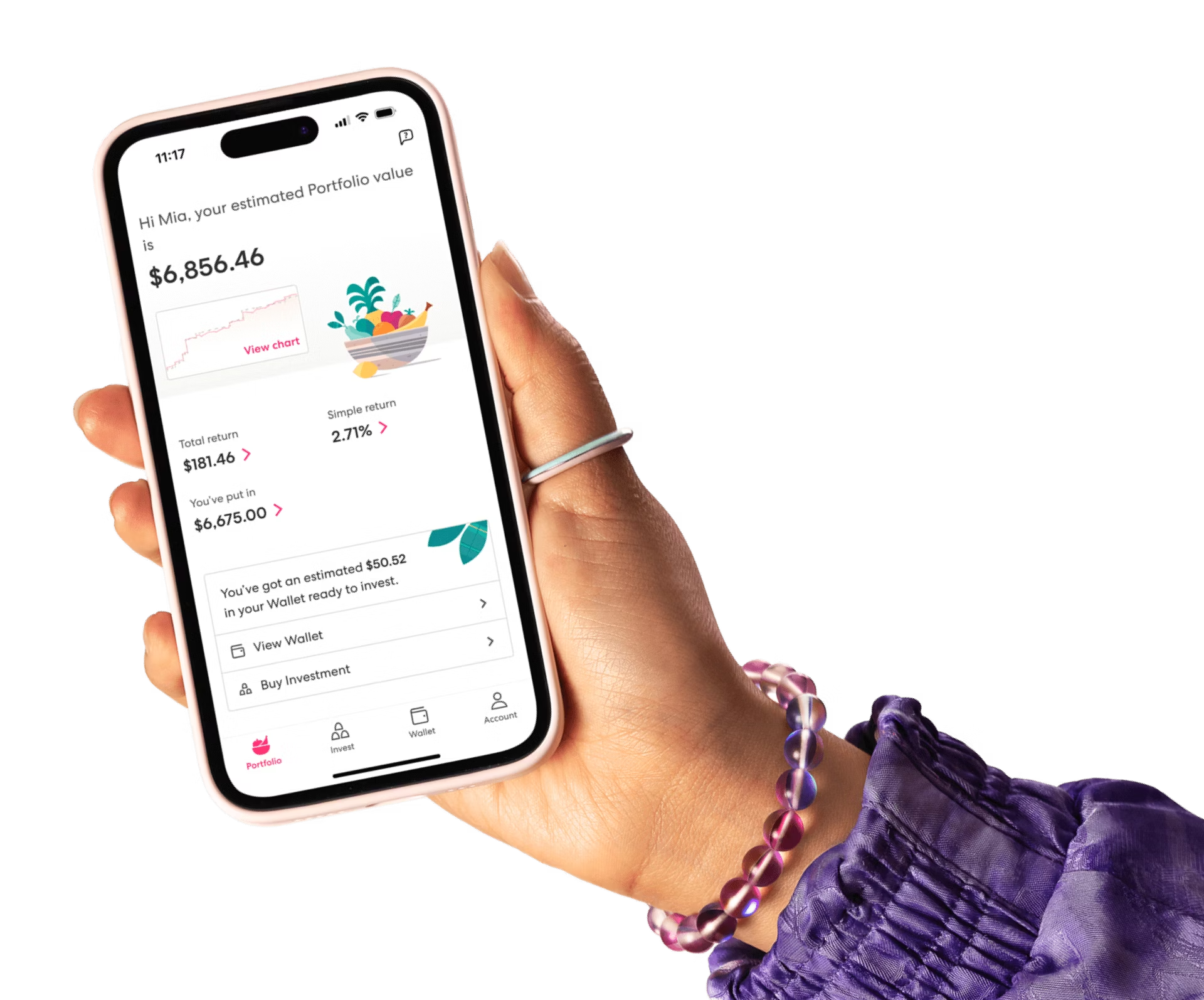Behind the scenes: Unit prices for managed funds
We’ll talk about how unit prices work for managed funds, and why the price you see when you place an order will be different to the price you end up buying or selling at. Let’s dive in!

As a Sharesies investor, you can invest in companies, exchange-traded funds (ETFs), and managed funds. We’ve covered how share prices work for companies and ETFs. Now, let’s take a look at managed funds.
What is a managed fund?
As its name suggests, a managed fund is a fund that is managed by a fund manager. The fund manager chooses what to invest in, calculates and balances the investments, and tries to meet a particular investment strategy that they’ve chosen.
When you invest in a managed fund, you join a pool of people and your investment gets spread across a range of assets (like shares or bonds). You own ‘units’ in the fund, rather than owning the underlying assets.
Unlike companies and ETFs, managed funds don’t trade on an exchange. You either have to buy them directly from the fund provider, or through a company, like Sharesies. Because of this, prices work differently for managed funds than they do for companies and ETFs.
With managed funds, fund managers update the price of the fund’s units based on the performance of all of the investments that make up that fund. The fund managers then send us this price so that we can display it in Sharesies.
When I place an order for a managed fund, is the price I see in Sharesies the price I’ll get?
The price you see when you place an order for a managed fund will be different to the price you end up buying or selling at. There’s no way to guarantee the price you’ll get for a managed fund order when you place it. Limit orders are not available for managed funds—limit orders can only be placed for investments traded on the market (like companies and ETFs).
The price you see in Sharesies for managed funds is the most recent mid-price we’ve received from the fund manager, and will always be at least one day old. The mid-price is adjusted by the fund’s transaction fee to create the buy and sell price. Fees are also set by the fund manager.
Mid-price + transaction fee = Buy price
Mid-price - transaction fee = Sell price
When you place an order for a managed fund, it joins a ‘settlement group’. This happens at around 12:30 PM each trading day. If your order is placed after 12:30 PM, it joins the settlement group on the following trading day.
Depending on what fund you’ve invested in, you won’t be able to see the confirmed price for your order until at least two trading days (and up to 23 trading days) after you place your order. Each managed fund has different processing times, which means there’s usually a delay between when you place an order and when it shows up in your Sharesies Portfolio. This typically ranges from one to two trading days, but some can take up to 23 trading days.
Wrap up
The price you see when you place an order to buy or sell in a managed fund will be different to the price you end up buying or selling at.
The unit price you see for a managed fund is always at least one day old.
You won’t be able to see the confirmed price for your managed fund order until at least two trading days (and up to 23 trading days) after you place your order.
You cannot use limit orders for managed funds.
We hope this has given you a better idea of how unit prices work for managed funds at Sharesies! For more info, check out our behind the scenes blogs about how share prices work for companies and exchange-traded funds, and how the Sharesies investment process works for NZ investments.
Ok, now for the legal bit
Investing involves risk. You aren’t guaranteed to make money, and you might lose the money you start with. We don’t provide personalised advice or recommendations. Any information we provide is general only and current at the time written. You should consider seeking independent legal, financial, taxation or other advice when considering whether an investment is appropriate for your objectives, financial situation or needs.
Join over 800,000 investors



